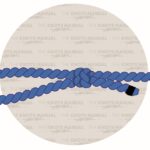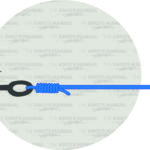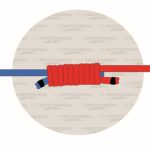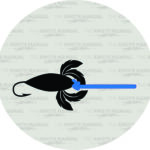An arbor knot is the go-to knot for tying a fishing line to an arbor. These knots work well with all kinds of fishing reels but only certain fishing lines. The arbor knot does not prevent the line from breaking. Instead, it allows anglers to get their reel back if it goes overboard.
Follow the simple directions below to learn how to tie an arbor knot.
What Is An Arbor Knot?
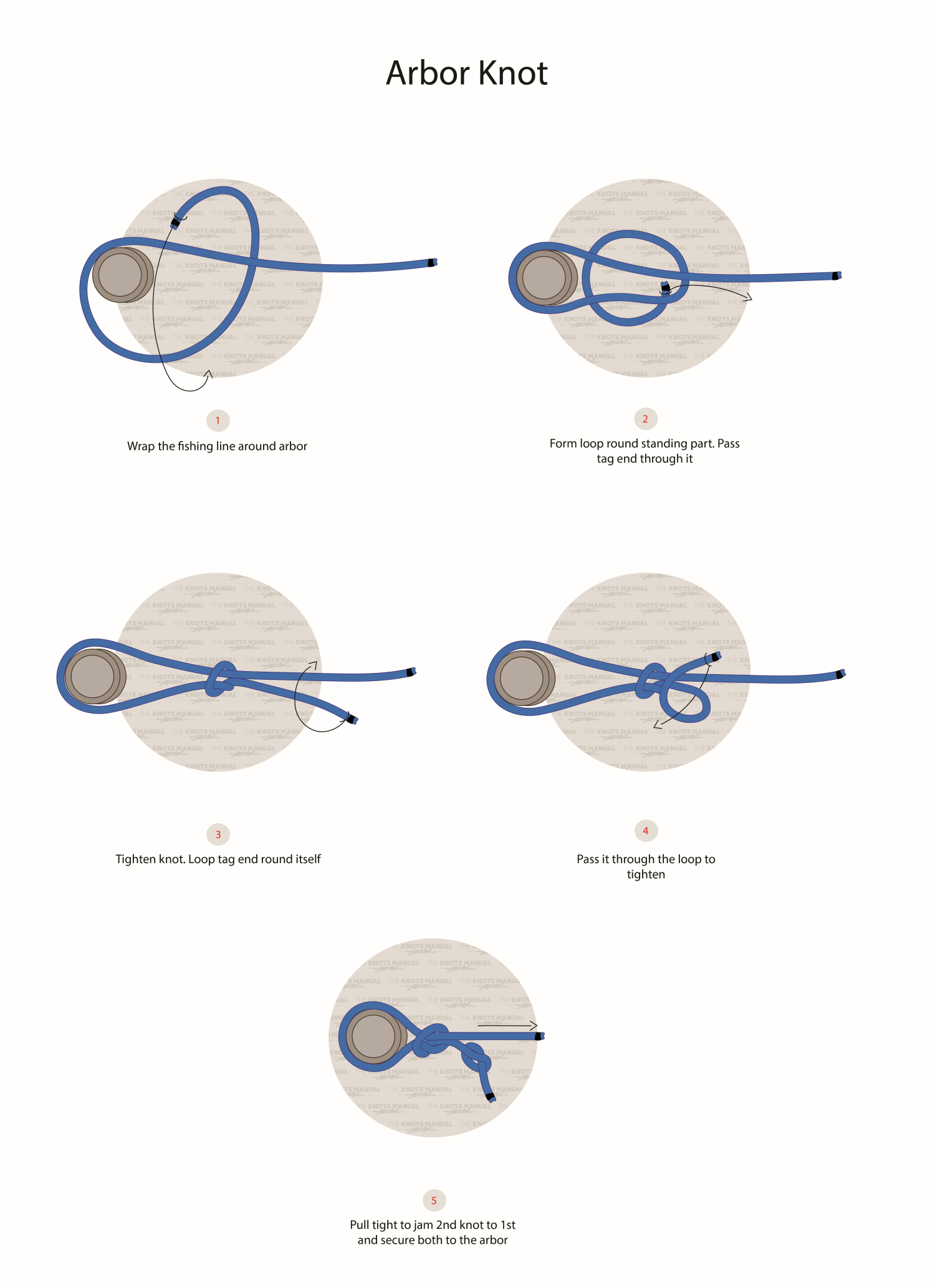
An arbor knot, or a reel knot, is used in fishing to attach the line to the arbor or spool center.
Fishers can use these knots on any reel — fly, bait casting, or spinning reels. They are ideal for fluorocarbon and monofilament lines.
An arbor knot’s goal isn’t to ensure the line holds with a particularly feisty fish. A fish may take the line all the way down to the end of the reel spool. The arbor knot won’t add extra strength to the line — fishers shouldn’t expect their line to hold.
Instead, an arbor knot gives the fisher something to hold onto. They can grab the knot if their rod and reel go overboard and pull their rod back in by the line.
These knots are based on the noose knot; pulling on the knot tightens it. They are simple to learn, yet very effective in use.
Arbor knots are relatively easy to untie. Pull on the free end and the second overhand knot. Doing so loosens the first knot, and the whole thing comes undone.
These knots do not slip while winding the fishing line onto the spool.
How To Tie An Arbor Knot
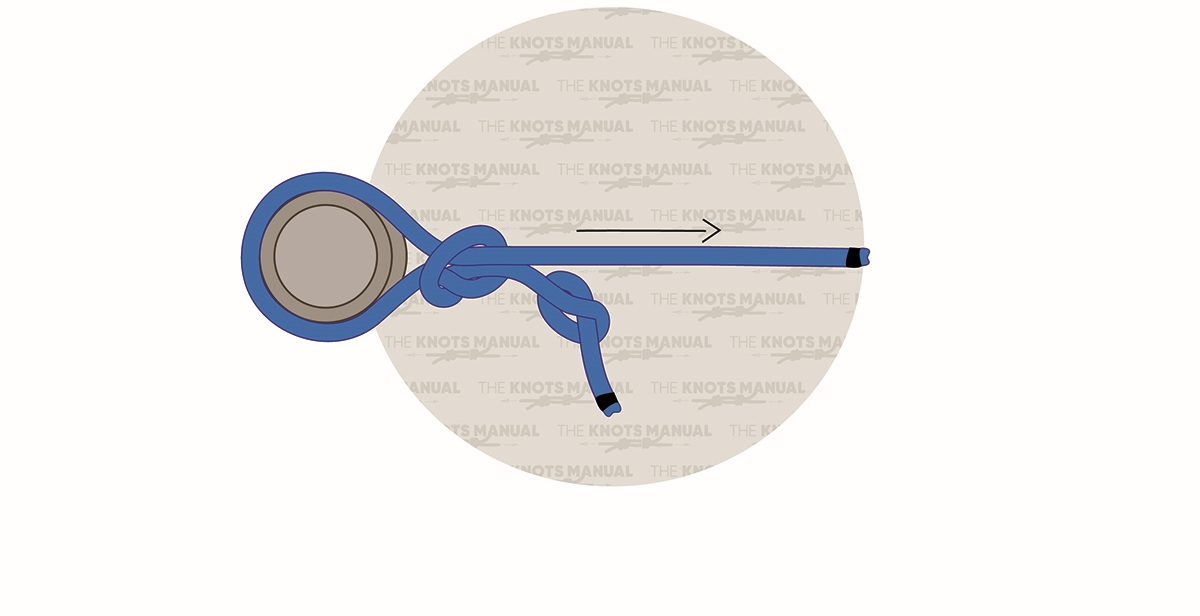
Follow these five simple steps to learn how to tie an arbor knot:
Step 1:
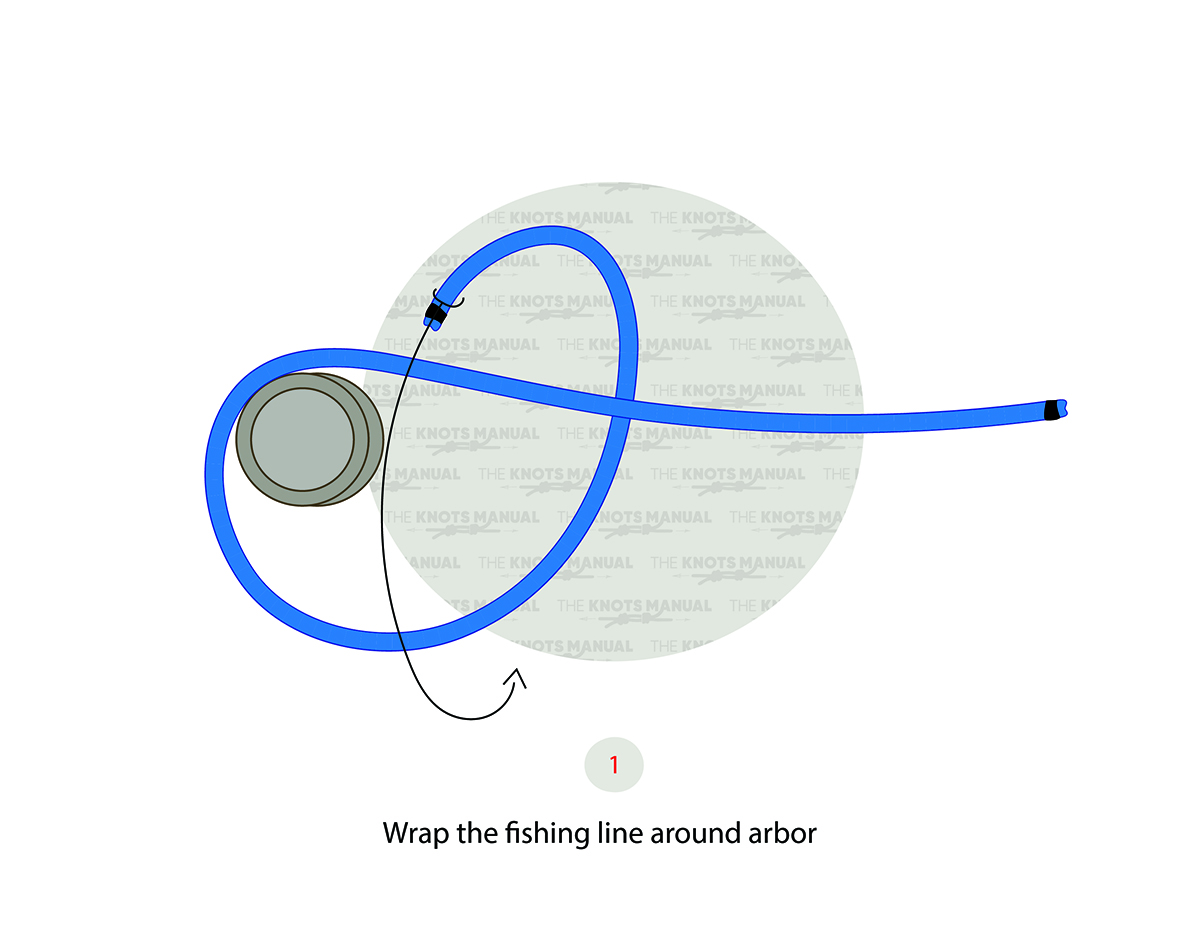
Wrap the fishing line around the arbor.
Step 2:
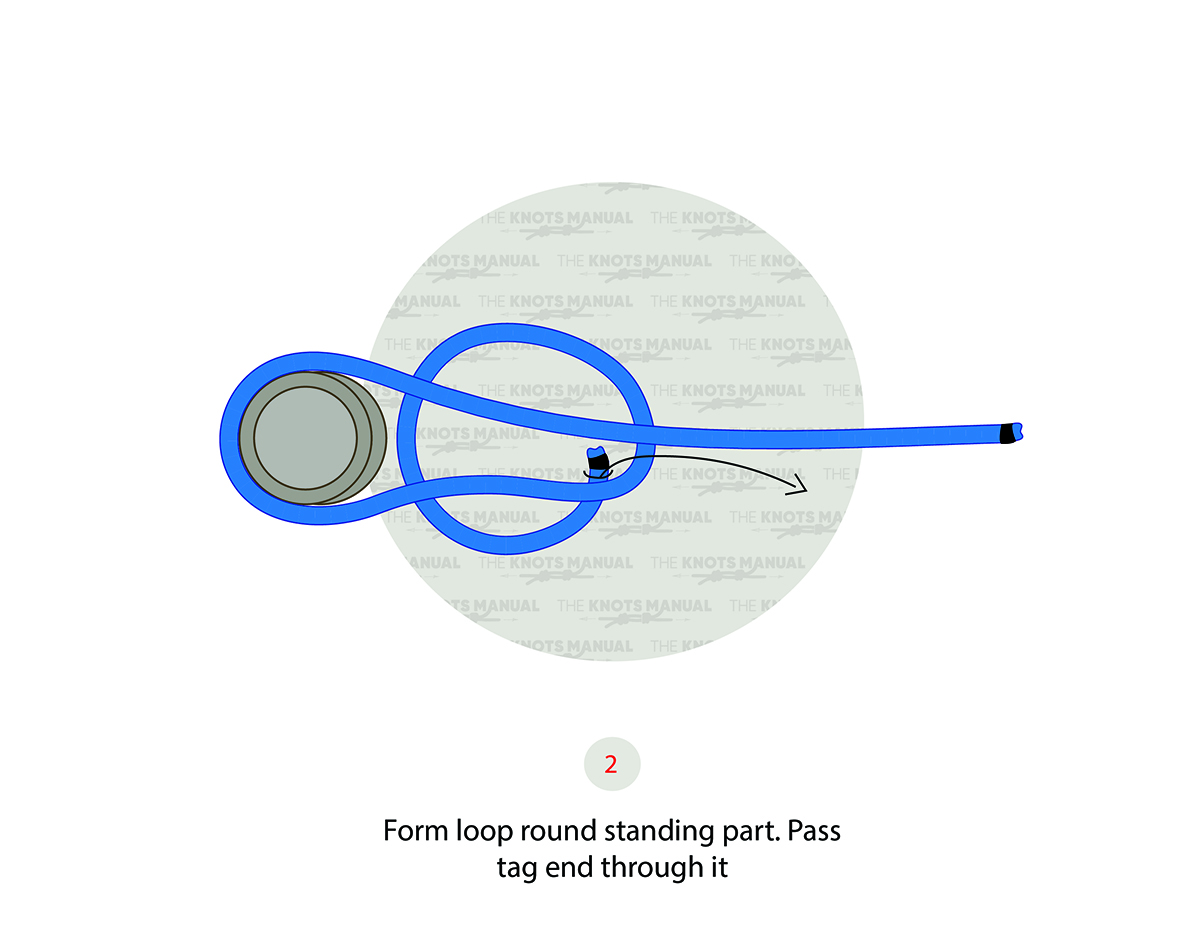
Form a loop around the rope’s standing part. Then, pass the working (tag) end through the loop.
Step 3:
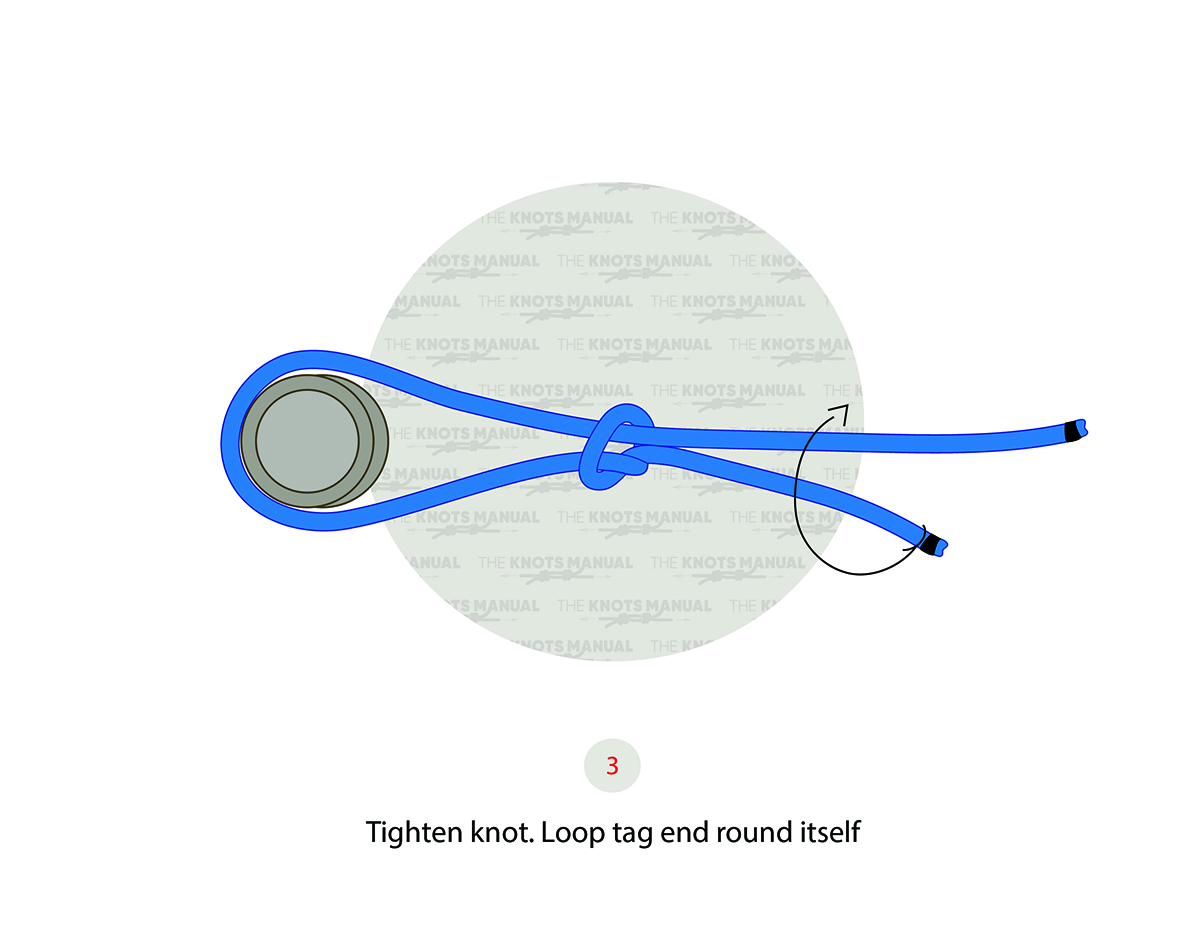
Pull on the working (tag) and standing ends to tighten the knot. Then, loop the working (tag) end around itself.
Step 4:
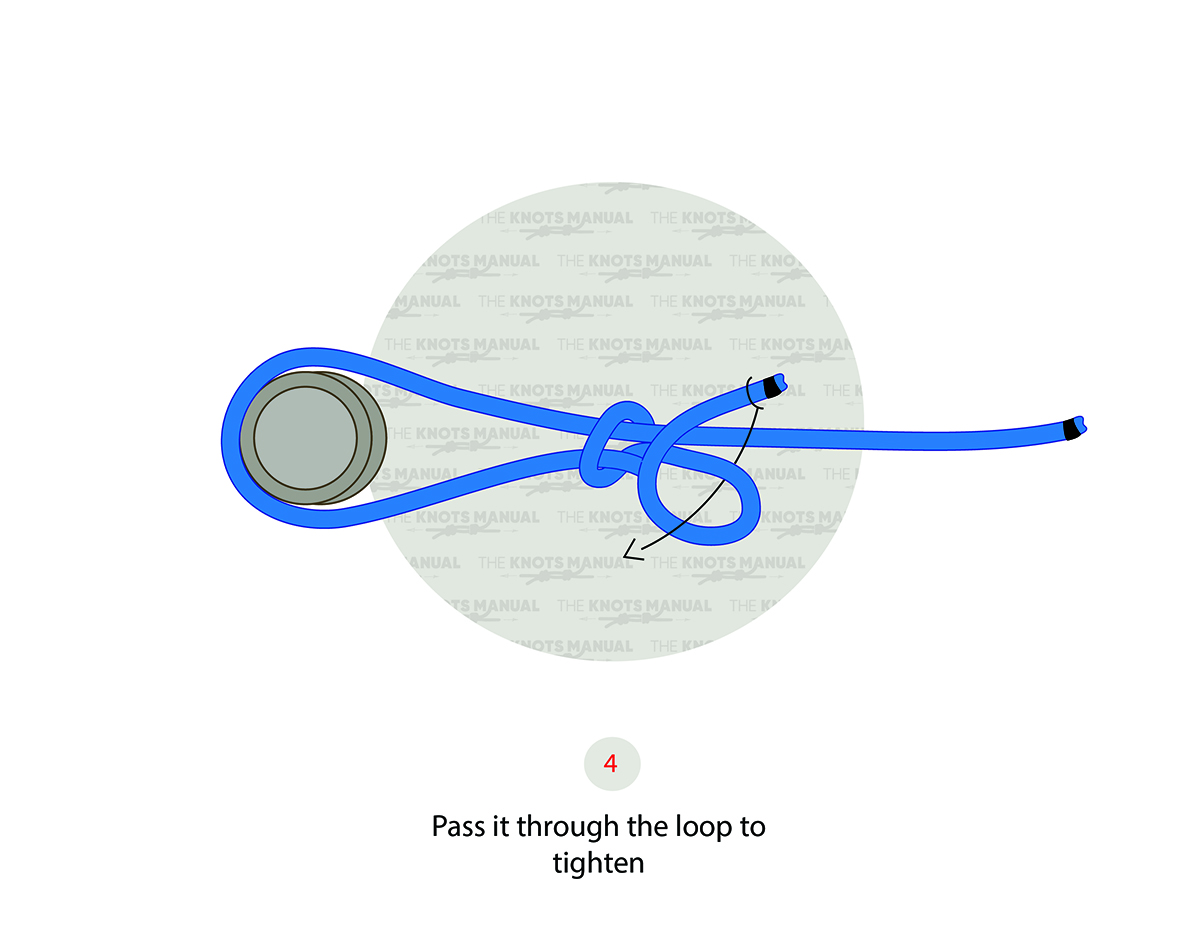
Pass the working (tag) end through the loop to tighten it.
Step 5:
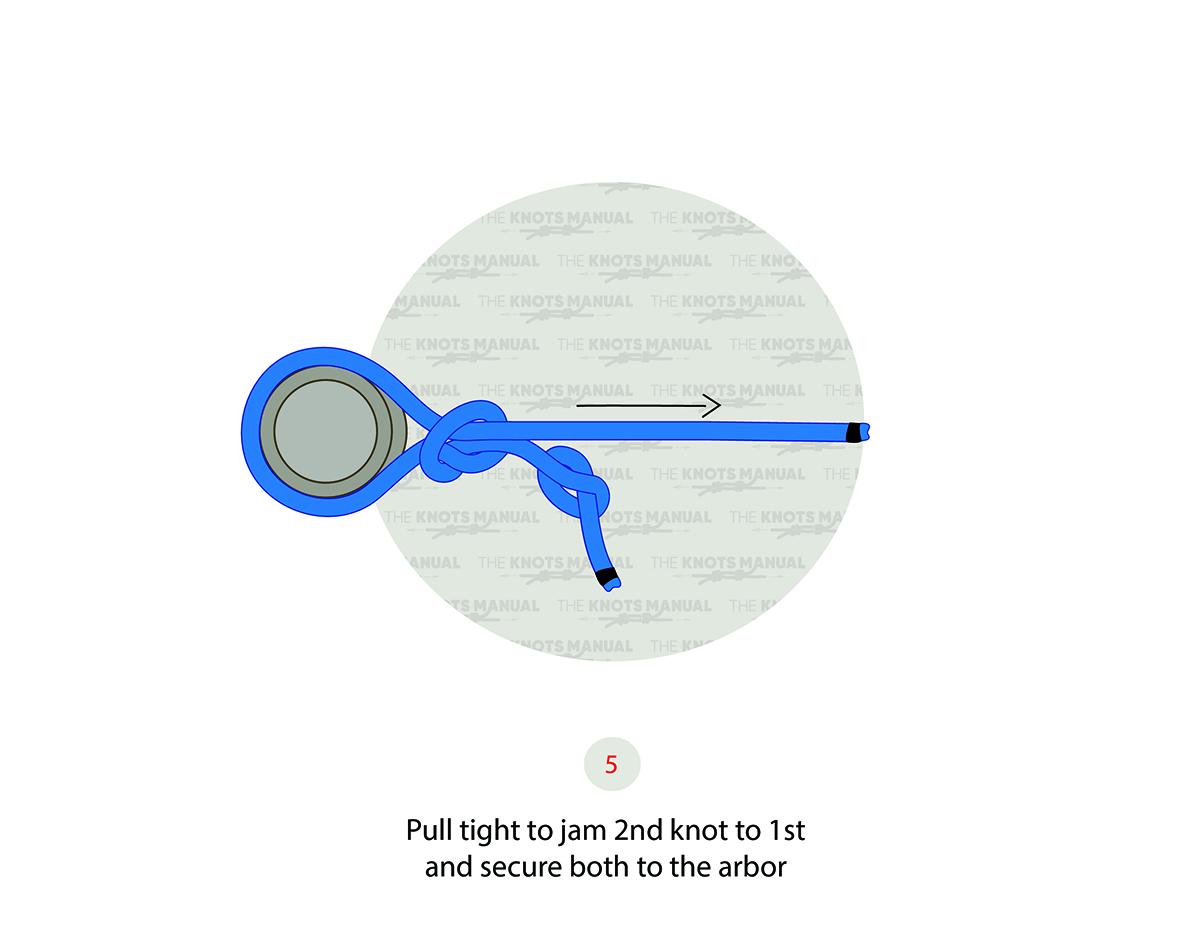
Pull the working (tag) end tight. Doing so jams the second knot to the first and secures both knots to the arbor.
Fishers can make their arbor knot more secure. Try wrapping the line around the arbor two or three times before making the half hitch. Adding extra wrappings provides more friction. Extra friction is useful when working with a highly polished reel.
What Are The Uses Of An Arbor Knot?
The primary use of the arbor knot is to attach a fishing line to the arbor or spool center.
The arbor knot is also used extensively in bushcraft. Bushcraft refers to living in a remote location, often in the wilderness. Those practicing bushcraft use the arbor knot to create a lashing or compress a load. In bushcraft, the arbor knot is known as the “Canadian jam knot.”
Knots Similar To The Arbor Knot
100% Arbor Knot: These knots can save expensive fishing lines even if they are “spooled.” They are great when anglers are faced with a large fish that is too much for the reel and line to handle. Fishers can use this knot to attach the backing line to a fly reel. They offer 100% of the breaking strength of the backing line. Most knots reduce the breaking strength of a line or rope, so this is significant.
Uni Knot: These knots usually comprise five to six wraps. They are used to tie a line to a hook. Fishers can use them to tie a line to a reel by only using one to two wraps rather than five to six. The uni knot is one of the most basic knots every angler should know how to tie.
FAQs
Is An Arbor Knot A Slipknot?
An arbor knot is not a slip knot; instead, it is similar to a noose. It is possible to accidentally create a slip knot while trying to make an arbor knot. Yet, if users accidentally make a slip knot, the knot will come undone.
Can You Tie An Arbor Knot With A Braid?
Braided superlines and unifiliments don’t work well with arbor knots. Only use arbor knots with these lines if the spool is non-slip and braid-ready.
